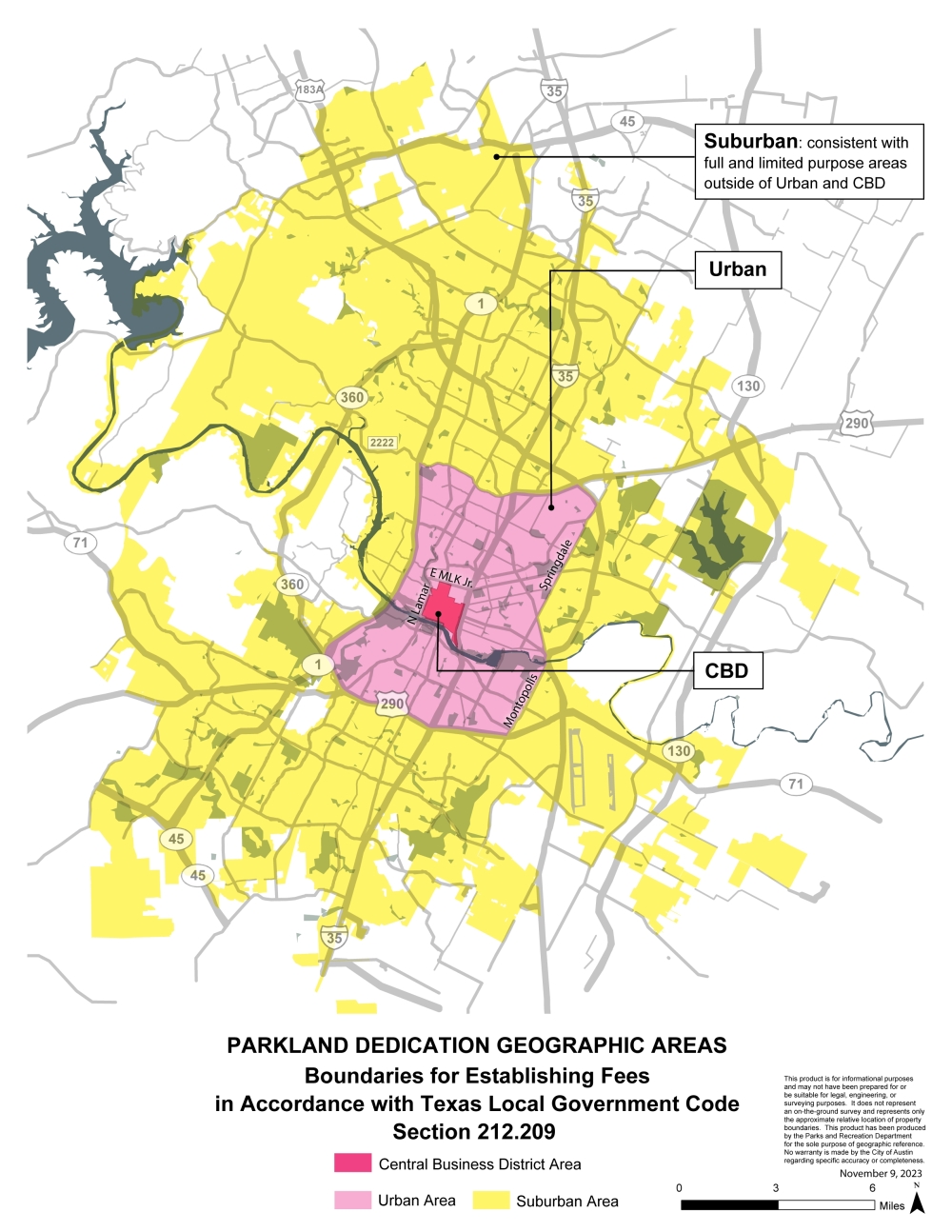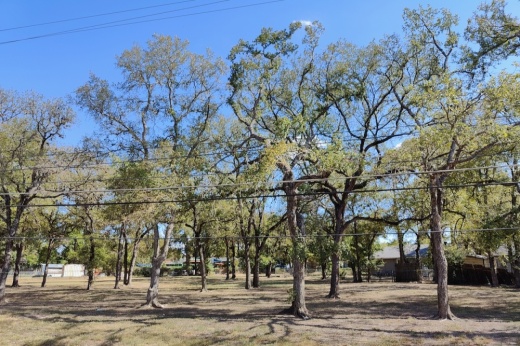The big picture
Developers of multifamily residences and hotels in Austin have long been made to help the city create new park facilities, in part to offset the impact of new residents and construction in the community.
Under Austin's parkland dedication requirements, builders can dedicate land or pay fees to the city for land acquisition to further local parks goals. The process has helped Austin add hundreds of acres of new public land over the past few years alone.
However, amid ongoing fee increases and a recent expansion of the city's parkland dedication program, state representatives in rural East Texas and the Houston suburbs authored a new law aimed at Austin that will greatly reduce the amount of new parks coming to town.
House Bill 1526 went into effect last spring, forcing the city to rework its parkland dedication practices. Council member Alison Alter said last fall that the legislative update had "gutted" the longstanding program in Austin.
Dan Manco, a spokesperson for the Parks and Recreation Department, said this month that the law has shifted the burden of providing new parkland to keep pace with population growth from development onto city residents. The city now expects its ability to acquire new parkland to plummet under HB 1526.
"Under the previous [ordinance], new development was responsible for providing parkland at a level of service consistent with meeting the need for new parkland generated by the development," Manco said. "Under the HB 1526 rules, the level of service used to calculate the parkland requirements for new developments is a small fraction of what is needed to keep up with this growth."
What happened
Ahead of the city's next fiscal year, Austin leaders have approved a pair of annual adjustments to the new dedication rates.
One of these tweaks the requirements in line with the latest land values and Consumer Price Index increases for the upcoming fiscal year 2024-25. The other came in response to a recent opinion from Attorney General Ken Paxton, which retroactively changed fees for 2024.
While City Council didn't have an option to reject the changes, Alter abstained from a final vote on the revisions in late August. She said the new parkland dedication requirements came as a result of local developers lobbying state leaders to ensure they wouldn't have to pay their "fair share" of Austin park fees alongside new construction, which she didn't support.
“When they didn’t get what they wanted after they changed the formula—even though that also drastically reduced the fees—they went to the attorney general and asked for a recalculation of the calculations," Alter said. "I will just not lend my support to these kinds of shenanigans that really undermine the quality of life of our Austinites. I know we have to adopt this by law, but I’m not willing to put my name to it.”
By the numbers
In recent years, Austin regularly drew well over $10 million in annual parkland dedication fees from new projects around town. The city still expects to bring in more than $23 million in the upcoming fiscal year as payments established before HB 1526 continue.
Looking ahead, annual fee collections could fall more than 95% in just two years based on new development that’s being completed under the new law.
By FY 2026-27, the city now expects to bring in just $1.1 million from parkland dedication.Parkland dedication fees also now vary across Austin based on distinct geographic areas that were created to comply with the new state law.
Fees are based on different factors depending on the development's location—in Austin’s core, in remaining urban areas, or in more outlying suburban areas—and a percentage of average land values in those areas.

Fees also aren’t collected until after a multifamily or lodging project nears completion, meaning payments for all new projects will likely be collected years down the line.
Based on those recent changes, Manco said many of Austin's central areas can expect to see more limited—and lagging—park additions going forward.
"In the [Central Business District] and Urban geographic areas, the parkland level of service is so restricted, that almost no land may be required for on-site dedication except for critical connections," he said. "Parkland dedication fee collection has shifted from site development permit approval to certificate of occupancy. This will result in a multiyear pause on any fee collection for projects submitted under the new code, further delaying PARD’s ability to provide parkland and recreational facilities for new residents."





